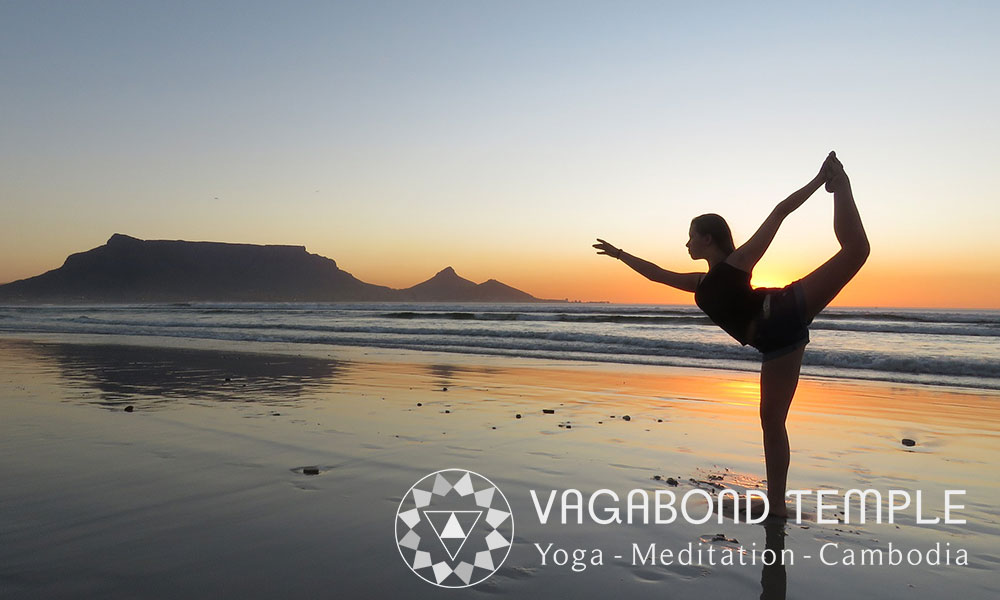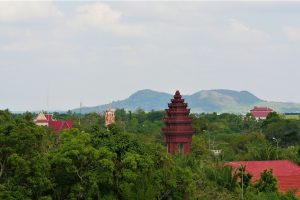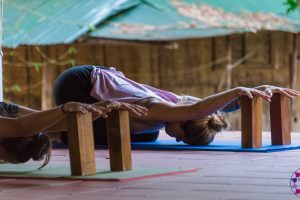Which Style Of Yoga Is Right For Me?

Yoga is a powerful spiritual system, developed over 2500 years ago to bring the mind and body into harmony and eradicate suffering. The poses we associate with modern Yoga were developed much later, as a means of preparing the body for deep meditation without discomfort. Over the years, various styles of Yoga have been developed which focus on different aspects of the body, mind, and energy systems. This article gives an overview of three very different styles of Yoga. While the practice and goals of each system are different, we should bear in mind that the ultimate aim of all forms of Yoga is the same.
Iyengar Yoga
Listed as one of Time Magazine’s most influential people in the world, B.K.S Iyengar developed this system of Yoga in the 1970s. He noticed that in the West, many people suffered from poor posture which was causing a multitude of health problems. As a response to this he created a modified version of the ancient practice of Hatha Yoga, designed to be more suitable to Westerners but retaining the integrity of the original practice.
The focus of Iyengar Yoga is alignment. Poses are often held for a long time, with the aim being to get every detail correct. There is a emphasis on standing poses, as correct positioning of the feet and legs can bring the hips into alignment. Props such as blocks and straps are often used to facilitate the poses.
Regular practice of this form of Yoga will result in better posture and less health problems in daily life, but there is a much deeper element to this practice. By balancing the body, practitioners of Iyengar Yoga also balance the mind, bringing the two into harmony.
Yin Yoga
In the ancient Chinese Philosophy, the concept of Yin-Yang represents the two universal, complementary forces that together create wholeness. The Yang represents the active, male aspect (often associated with brightness, movement and external energy) whereas the Yin is the passive, female aspect (associated with darkness, stillness and the internal). In terms of the body, the muscles are can be thought of as Yang (as they produce movement) whereas the bones and connective tissues can be thought of as Yin.
Yin Yoga, heavily influenced by Chinese martial arts, was developed in the 1970s to complement existing types of
Yoga that focus on the muscles (the Yang element). As Yin Yoga is working with more static parts of the body, a gentle approach is needed to avoid injury. Static poses are held for a long time, allowing the muscles to relax. In this way, the ligaments extend and the connective tissues lengthen. This is similar to the approach taken in physiotherapy to help people recover from an injury by allowing movement in the areas that have become static. The connection with the breath, the most important source of bodily energy, is emphasised in this practice.
We live in a society that emphasises the Yang aspect of life: we are often busy, stressed out and in search of exciting distractions. This leads many of us to feel we are in a state of unbalance, and Yin Yoga can help to remedy this.
Kundalini Yoga
In Yogic theory, the Kundalini is the most refined type of energy we have, the primal energy which is located in the base of the spine. A commonly used metaphor is that of a coiled snake sleeping at the base of the spine – various practices have been developed over the century to “wake up” this energy, allowing it to rise up through energy channels of the body to the crown of the head. When the energy in the base of the spine connects with consciousness in the crown, the highest spiritual enlightenment is said to occur.
Kundalini Yoga is a very ancient practice, with roots right at the beginning of the Yogic tradition. It was popularised by Yogi Bhajan, an Indian spiritual master who moved to the West in the 1960s. Kundalini Yoga uses various techniques such movement, breath, visualisation and mantras to allow this energy to rise up. Since the energy is located in the base of the spine, much of the work is done here. Practitioners of Kundalini Yoga do a lot of work with the Chakras, as the energy has to ascend through each one.
This practice can be dangerous if not practiced correctly and with an experienced teacher, as the power of Kundalini is so great that it can produce serious mental and physical disturbance if the person is unprepared.
Deciding On A Practice
There are many other styles of Yoga, and this can sometimes be overwhelming for people new to the practice. However what is more important than the style of Yoga you choose, is the underlying principle behind it – bringing the mind and body into harmony, and bringing ourselves into union with all being. Some people may find they get more benefit from one style over another, which is why it is recommended to try out different forms of Yoga.
At the Vagabond Temple, we teach the three styles of Yoga described above as part of our yoga and meditation retreat program as together they provide a balanced approach. Iyengar helps to improve posture and prepare the body for meditation, Yin strengthens the ligaments and brings us to a more harmonious state of being, and Kundalini works directly on the most fundamental form of energy we have.




2 Comments